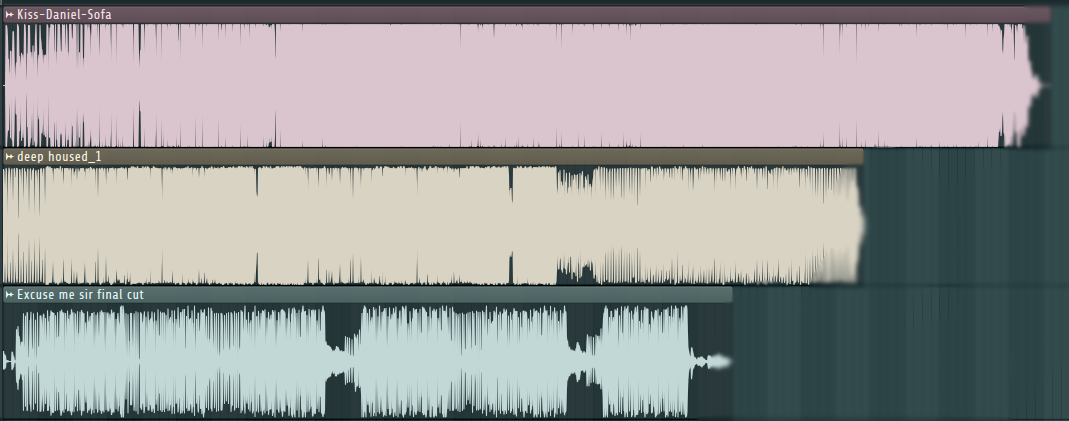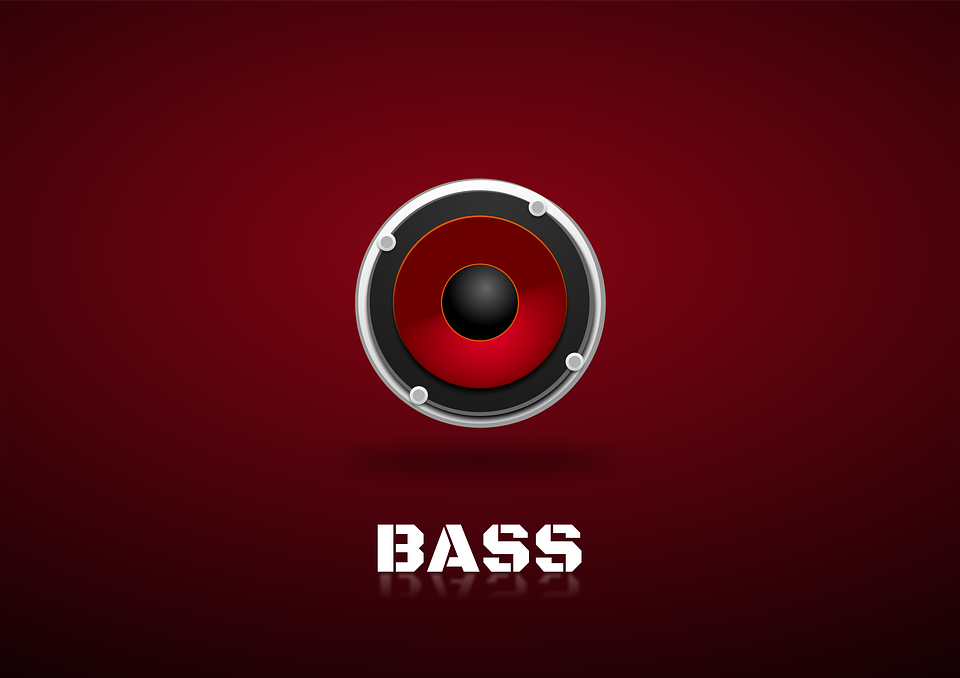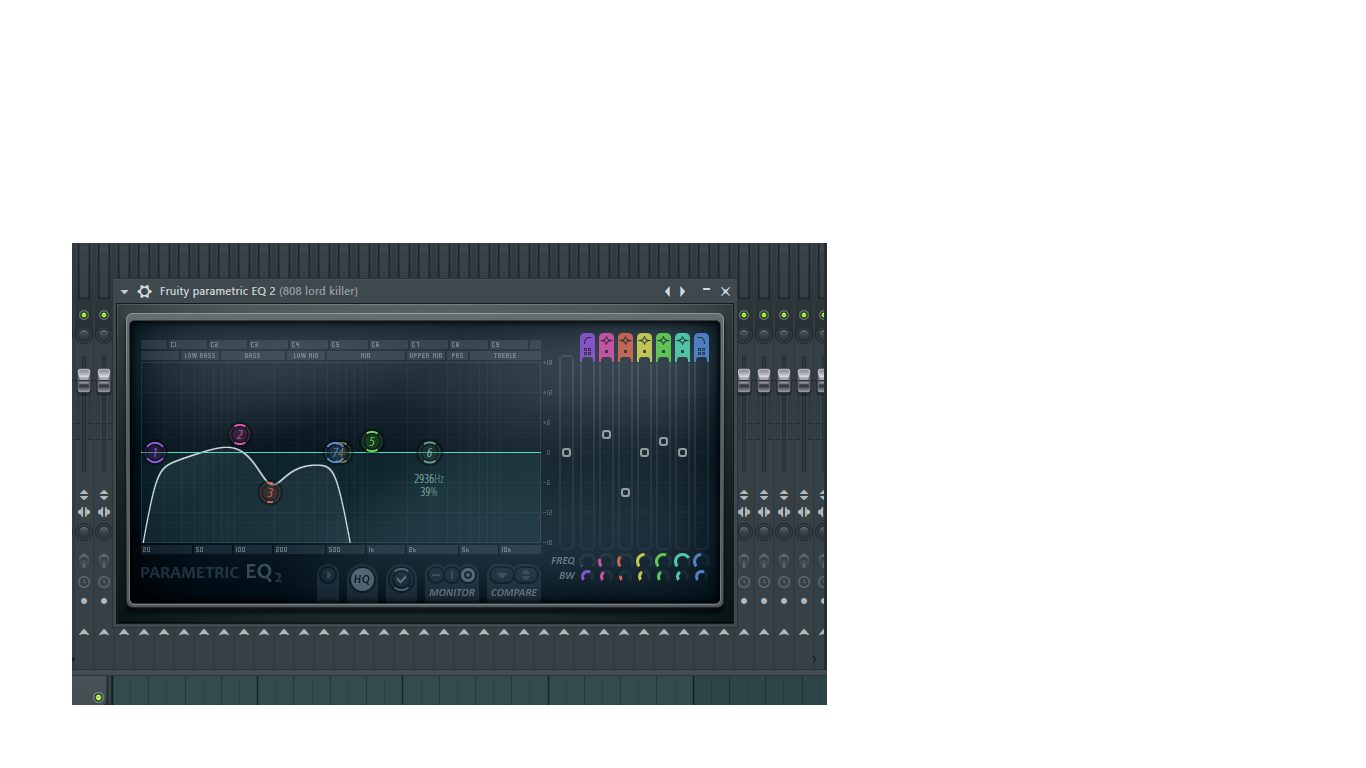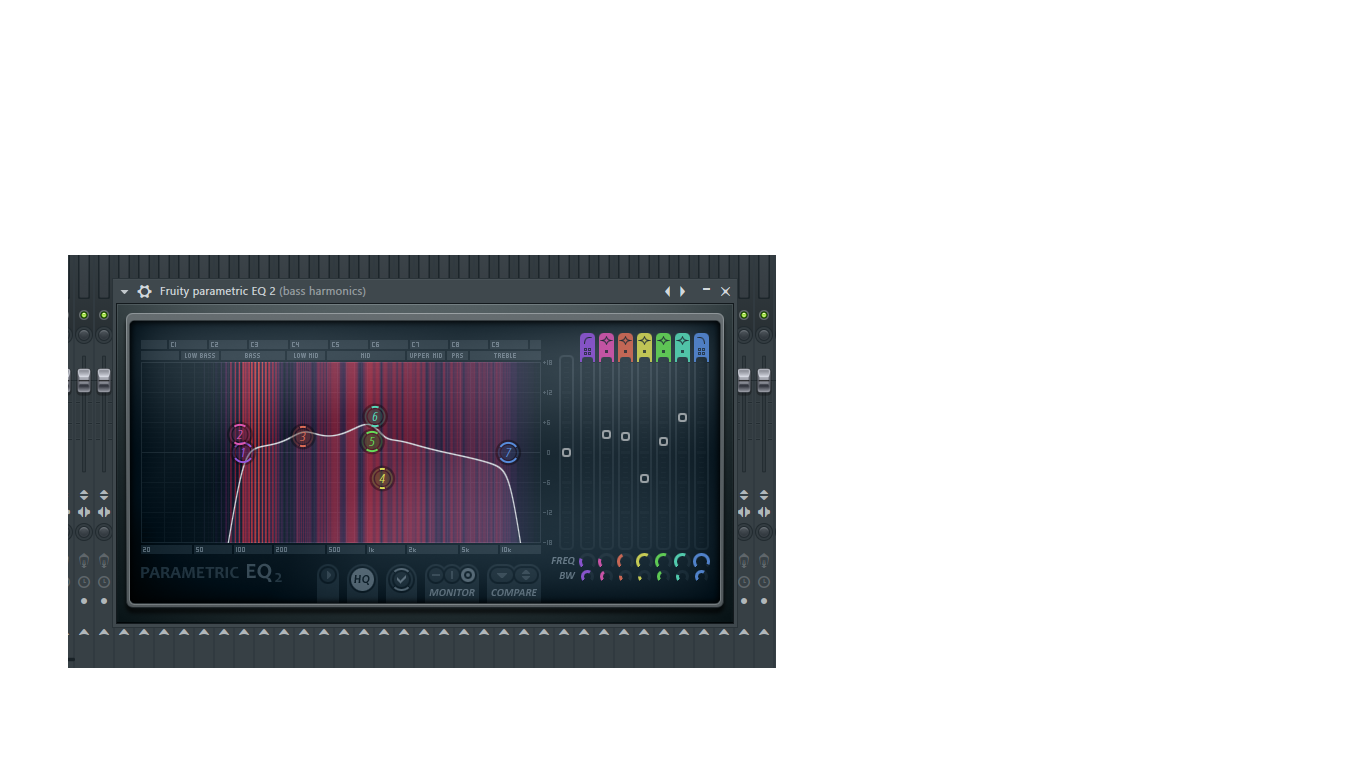If we all are asked to define what music is, I am sure everyone would have their own personal definition of music.
I surely have my own definition of what music is, and funny enough, depending on my mood, music may be that which enlightens, or it may be that which brings up past nostalgia to the surface.
Problems however arise when we are asked to define the components which makes our music what they are.
Also let me just say that steemit has been great, its been an honour meeting some great people here, I may be small, but if I have a voice in this platform, if I can make connections here, then that Is all that matters to me, every other thing can come next, for now if making tutorials and howto’s is how I can provide value, then so be it, since its all original, I’m hoping someone whether steemian or not can find it and get value from it
Stripped bare, music is a combination of frequencies. Most times when learning sound engineering or music production you'll come across a fancy chart that shows where frequencies lie on a spectrum. Now Like I said before I am not here to teach the most fundamental basic things about sound engineering, so I may not be explaining every little detail except in posts that I drop once in a while.
From the producers, mixing engineers,mastering engineers aspect, we see music in its raw form, we see music as a wave form, as frequencies. We know from looking at a waveform when a sound is over compressed and when it is not. From looking at a spectrum analyzer, we can see where a fault lies on a mix and fix accordingly.
.png)
Ultimately, we have ears that are super sensitive to what music truly is, a bunch of lines that goes up and down on a chart that reads 20Hz to 20KHz.
A quick way to know the amount and power of the frequencies within your DAW, is to use a device known as a spectrum analyzer.
A spectrum analyzer is a device used in audio processing to see the total frequency range of your mix. Its a very handy tool in mastering,but it can also be used to mix.
The following spectrum analyzyer is friom HOFA.
.png)
As can be seen, it shows dofferent parameters. It shows stereo width, panning possitions etc etc.
the human ears are capable of hearing from as low as 20Hz to as high as 20KHz. (20 hertz, to 20 kilo hertz
All about that bass

gotten from pixabay.com
Bass frequencies are those heavy frequencies which gives a song power. They basically extend from 250Hz to as low as 20Hz.
Bass frequencies are those part of music that barely get any love at all, they are ever present in music but most times if it isn’t a bass driven song like say a techno or dubstep song, the bass is often times forgotten. However, if we were to use an EQ, (yes even the ones present in most music players in phones today) and try cutting out from 250Hz downward, you would realize that your song or any song sounds thin and losses both punch and definition.
bass frequencies typically range from 20Hz to 250Hz.
.png)
*although to be realistic, bass is usually cut from 20-30hz and from 17KHz to 20KHz
The bass frequencies are where things like the bass guitar(duh!), the tuba, the bassoon, string bass, acoustic bass, kick, cello, pipe organ, harpsichord,viola, French horn, trombone,marimba, timpani, the all mighty 808s! etc lie. The bass section also contains the fundamental (or initial note, ) of many instruments, like the low range of a piano, the thump of a kick, the thickness of a snare, then initial noise of a sax, the low end of a human vocal(especially bass and tenor singers) and much more.
When discussing bass frequencies, most times I classify bass into 3 distinct parts.
Sub-Bass, Bass, Upper bass
Sub-Bass
.png)
see how I cut the sub
Most times this is classified with the 808’s used in the 80s and the 808s used in current hip-hop and trap music, at least for the past 6 years now.
Sub basses typically range from 20hz to about 40/45hz, depending on the type of song being treated.
I consider it the most powerful, but useless part of the frequencies because most times, in 90% of songs that aren't hiphop or electronic, it basically isn't necessary, it can even constitute a nuisance in many mixes if its left unsupervised when mixing songs, and most speakers do not properly bring the sub out, except you have a sub-woofer with you.
*sub woofers are special speakers that are able to accurately reproduce sounds as low as 20 to 300hz
Sub bass frequencies are more felt than heard in many songs, its something that you know is there, like an invisible brick wall in front of you, its thick, its heavy, its powerful, and as soon as it goes off in a music, you can feel a heavy load leaving you. When subs are present in a song, be sure that you’ll notice high fluctuation of energy within and around your environment, because they are that powerful.
Mid bass or Just bass
.png)
When speaking about bass frequencies, this is the range of frequencies that most times come to peoples mind, its the normal range of bass that we all are used to.
It typically has a range of 50hz to about 250hz. But when dividing the bass into 3 sections, the midbass has a range of 50hz to about 165hz.
This is where the kick and bass guitar have their fundamentals. It is also rather difficult to mix because a lot of things are available there.The cello, the tuba, the keyboard, the snare, the human voice, all have frequencies around this parts, fundamental frequencies to be exact.
A technique a recommend using when mixing bass frequencies is to determine with a scale of preference, the most important to least important element that needs to sit there, and mix accordingly. Provide space for your most important bass frequencies, and those that you feel do not need to be there, can be cut away.
Upper-bass
.png)
Upper bass, a range that sometimes exists and sometimes doesnt. It typically depends on the mixing engineer to determine if he treats such frequency as a mid or a bass.
I basically take upper bass frequencies as frequencies starting from 150hz to about 250hz
When talking about this part of the frequency spectrum, many people often say its the low mid, but I tend to disagree, for me treating it as a bass frequency helps me with some minor mixing problems I have, like bass splitting which I do a lot.
By bass splitting, I mean carrying your bass instrument, and dividing it into 2 or 3 layers, each living in its own art of the frequency spectrum.
I do this so that when I am processing the bass, I can individually process them, giving more compression to one, or creating extra space for a vocal or snare to sit in the upper bass range.
.png)
All Your Bass Are Belong To Us
Indeed all the bass is important, music has become bass dependent, no more of those piano music, ballads or whatever of the past century. Now if you are not throwing in a rather bass in your song, you are not going to sell.
I hope someone learnt from this post, thank you all.